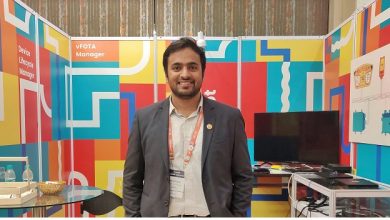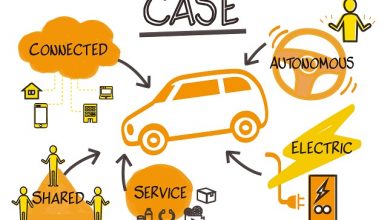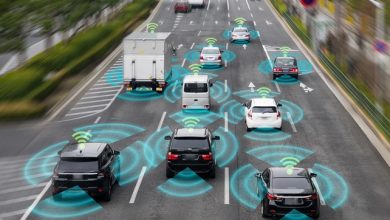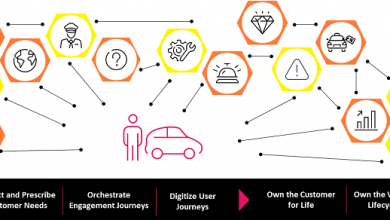Just because you can implement a service technically doesn’t make it useful.
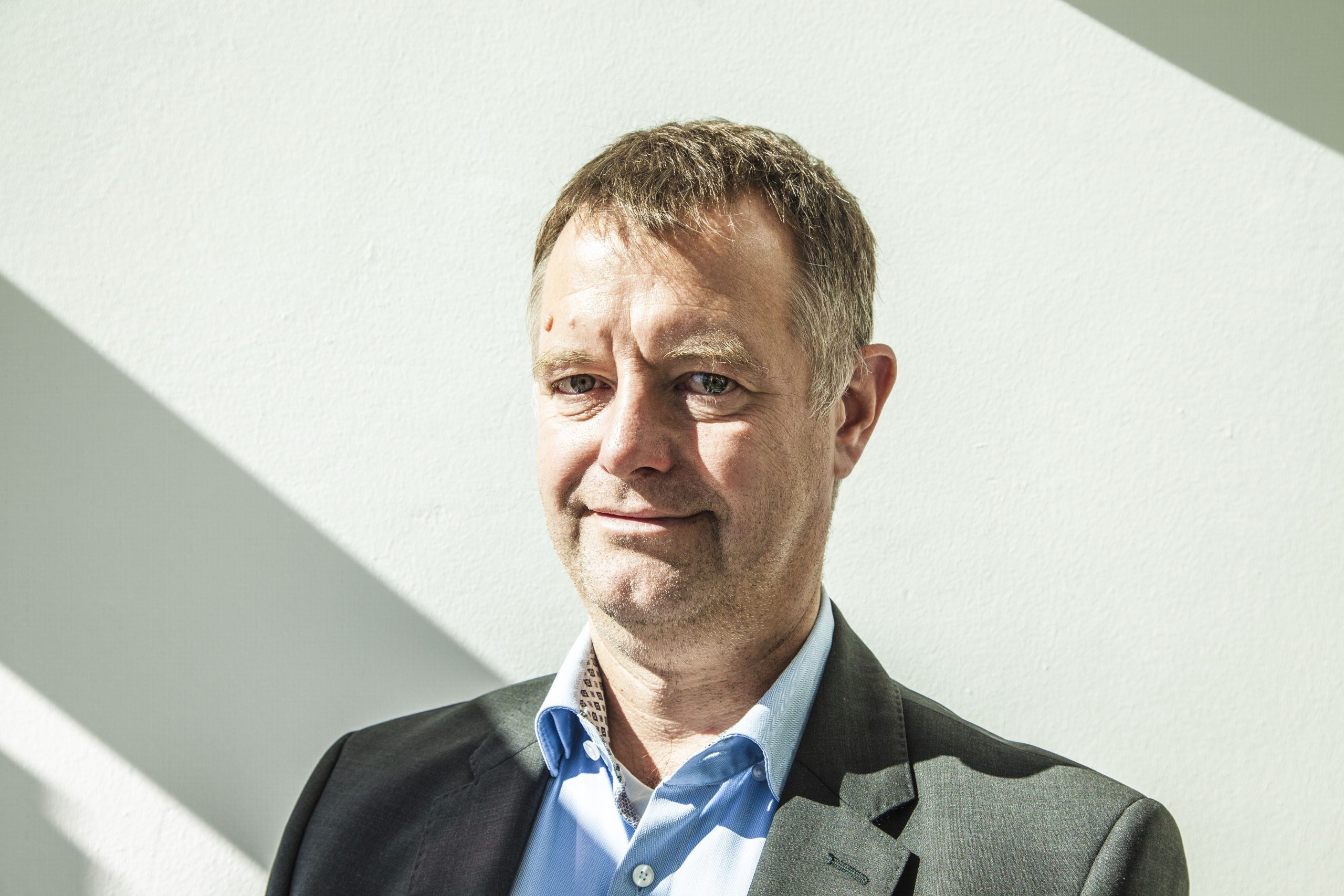
Andreas Peters is Managing Director of Valtech Mobility, a joint venture between the digital agency Valtech and the Volkswagen Group. In an interview, he talks about new solutions for the Connected Car and the challenge of developing platforms for car manufacturers and digital services for consumers that work reliably worldwide.
With electric mobility and autonomous driving, connectivity has become a core component of the automobile. Can you explain what role Valtech Mobility plays in this environment?
Gladly, to reduce it to one sentence: We design and implement digital services around the connected vehicle and bring them to the roads. If you want to know when the next green phase is at the traffic lights you are approaching, if you want to find out whether your favourite car park still has free spaces or if you don’t want to keep entering your PIN when filling up or charging your car, you need apps that take over these tasks for you – and are ideally easy to use from the vehicle. What most of these services have in common is that although the respective use case can be easily described, the realisation poses a lot of technical and design challenges. This is where we come in. In addition to a multitude of such services, we have built a backend platform that manages the last mile into the vehicle. Among other things, this ensures that the customer can use his services in the vehicle safely and reliably.
What are the ideal characteristics of such solutions?
Apart from their reliability, the user experience is crucial for the acceptance of such online services. Good product design is always simple, which means that the services must be intuitive to use and bring real added value. This is also the reason why we have built up business consultants and a strong design team in addition to our technology and data experts. With us, you get the complete solution from a single source.
One of your core references is platform development and integration for such services. Can you describe this competence in more detail?
Actually, we shouldn’t talk about the platform at all. When everything is running, the users don’t notice anything about it. The platform ensures that different car manufacturers can provide their customers with market-specific services at all – depending on their preferences and their vehicle equipment. It forms an ecosystem for online functions in the vehicle, so to speak. In detail, this is a very complex task. And we are a little proud to have mastered it over the last ten years for one of the largest car manufacturers in the world.
What challenges do you face when you develop a successful platform for the automotive industry?
One aspect is that the platform has to be rollable worldwide. In Europe, manufacturers need different market-specific offerings than in India, China or North America. Other quality features are scalability and process integration into the corporations themselves. The services on the platform must not only work for a few thousand cars, but for several million vehicles, a multitude of corporate brands and different devices, such as smartphones, PCs and so on. Furthermore, the platform has to be open for the implementation of new innovative mobility concepts, that is, in a certain sense “business model agnostic”.
You talked about services – can you explain them in more detail and what is important in the development?
A central question is, what does the passenger really need during the journey and what solutions can we offer him? Just because you can implement a service technically does not make it useful. From our point of view, it is essential to think of the services as a “product” in a holistic way. This means that all aspects – from the product idea to design, from economic considerations to technical implementation and rollout – are equally considered and addressed. We see ourselves, if you like, as a manufactory for digital mobility services.
You have been working with VW since 2009, now also in a joint venture. Can you give examples of joint projects?
In the USA, buyers of the Audi A4 or Audi Q7 can order the “Audi Traffic Light Information System”. It knows the green and red phases of traffic lights and calculates the optimal speed for efficient traffic flow. Audi worked together with Valtech Mobility and Traffic Technology Services (TTS) on the project. TTS processes the raw data from the urban traffic management centres and transmits it to the backend of the V2I service developed by Valtech Mobility. From there, the information reaches the car via the internet.
Another example is the e-tron. With it, Audi developed its first fully electric production vehicle. Charging equipment and services should not be implemented in the wallbox, but in the charging cable. This makes it possible to use the intelligent charging functions independently of the charging location. Audi can constantly expand the service portfolio through “over-the-air” updates. The e-mob backend is not hosted and operated internally, but by Valtech Mobility as a managed service.
Published in Telematics Wire


